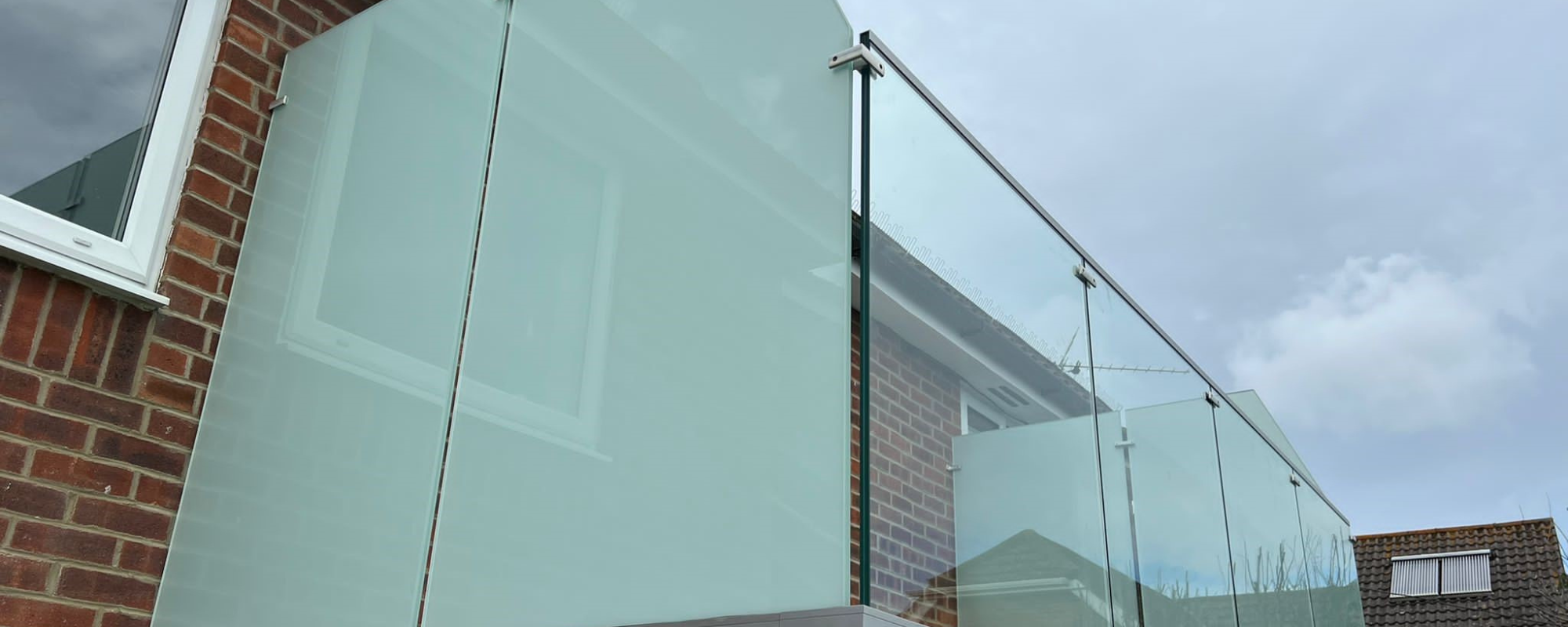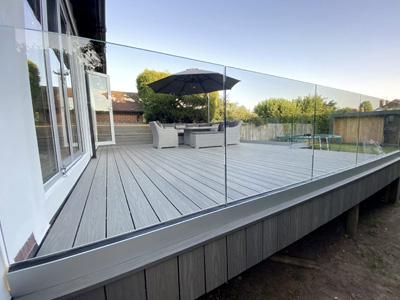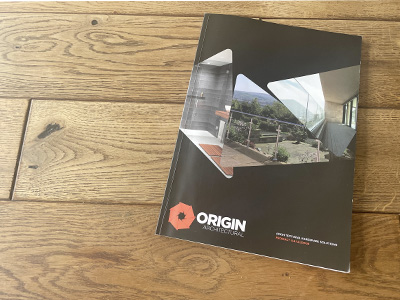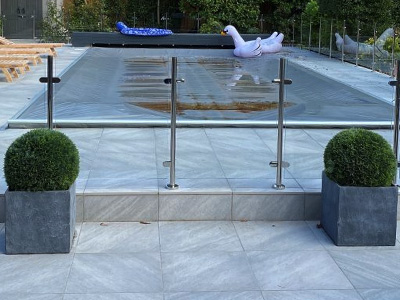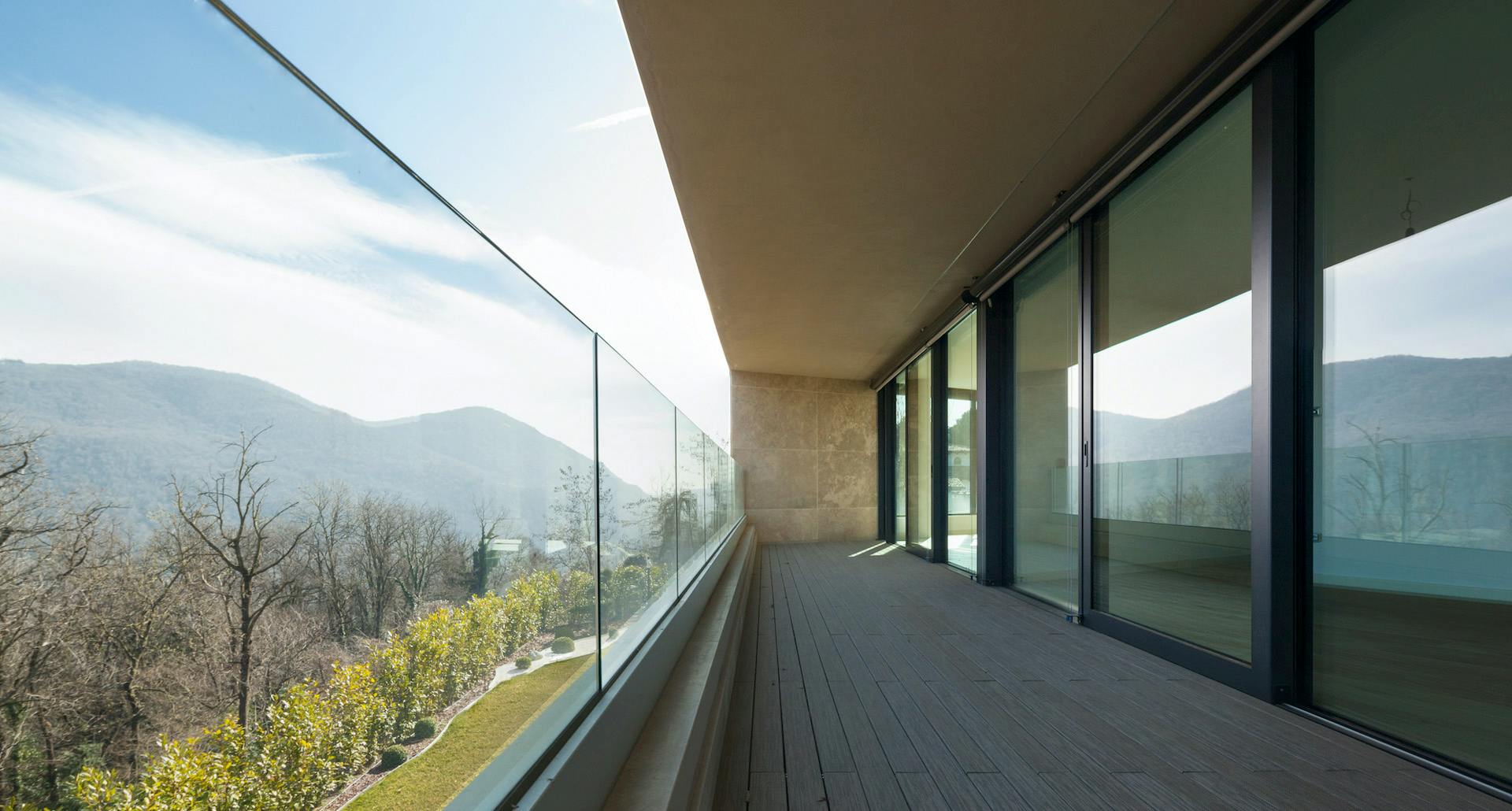Get An Instant Online Quote Now On Your Frosted Glass Balustrade System
Design Your Balustrade
Design your perfect Glass Balustrade today using our online Balustrade Designer and get an instant quote.
Request Your Catalogue
Download your free catalogue to help you choose the perfect balustrade solution for your project.
Frosted Glass Balustrade
What is frosted glass?
Elegance and privacy combined, obscured frosted glass is a popular choice in modern architectural design. While most glass starts as basic clear sheet glass, frosted glass is the result of chemical or sand treatments that create a cloudy, translucent appearance. Sometimes the effect can be achieved by applying a film or spray to the glass, but this is less durable than an authentic frosted glass product. Making the glass partially opaque creates an area free of intruding eyes, but allows the light to distribute in a soft and uniform way.
Which type of frosted obscured glass should I choose?
Sandblasted Glass
Most commonly, we will supply sandblasted glass as frosted glass. The process involves using fine sand under high pressure, removing small pieces of glass from the surface creating a frosted private appearance whilst still allowing light to travel through. Don’t worry – all of our sandblasted glass is protected with a self-cleaning coating, so it’s still smooth to the touch! A popular choice for frosted glass, it offers a high level of privacy.
Satin Obscura
Satin obscura is a variation of frosted glass, using an acid-etched technique to corrode the top layers of the glass, it’s the smoothest form of frosted glass available. It’s often considered to be a more luxurious form of privacy glass, as it appears warmer and has more of a matte finish compared to standard clear glass.
Screen Printed
Screen printed glass has ink “printed” onto the surface of the glass, using a fine mesh screen, once the ink is applied the glass is heated to cure and permanently adhere the ink to the surface ensuring durability and resistance to the end product. It’s a more cost effective solution for frosted privacy glass.
Once you decide which type of frosted glass you’d like to proceed with, you need to think about how you’d like your balustrade to look! All of our systems are fully customisable to be available in frosted privacy glass.
Get Professional Advice
Our expert team can guide you through the process, from design to installation, we’re here to help you with your frosted glass investment! If you’re interested in installing glass that adds aesthetic value while still transmitting light, why not contact us today at 0113 277 4316. If you’d prefer to email us, our team is also available at sales@originarchitectural.co.uk.
Types Of Frosted Glass Balustrade
Frequently Asked Questions
With our wealth of expertise and experience in the industry, we can confidently say that our obscure glass is incredibly versatile and ideal for a variety of applications – you can use it anywhere! The flexibility of frosted glass allows you to bring privacy to a room without compromising on light quality. Commonly used for shower enclosures and opaque glass balustrades, from frosted glass on furniture, to glass partitions in your office, privacy panels offer both function and style.
Yes! Opting for a frosted glass privacy screen as opposed to a solid material such as a metal or brick work is a great way to introduce light onto your balcony. Keeping the space open, it’s a touch of low maintenance luxury to your balcony. Your local council may have regulations and building codes in place that require you to have a privacy screen on your balcony. These regulations not only ensure the privacy and safety of residents in surrounding properties, but also helps to provide you with some privacy too! As the height requirements and level of privacy vary from city to city, we can fabricate bespoke solutions to meet your needs! To ensure compliance with your local council’s requirements, it’s essential to contact your local building department to consult with them on the most recent guidance regarding frosted privacy screens in your area.
The frosted glass is visible to birds and greatly reduces the chances of them colliding with the glass.
The answer is no it cannot. Once you have made a decision to go with frosted glass then it cannot be subsequently changed to clear.
The glass will always remain obscure. With sandblasted glass with a RITEC non stick coating, the coating will need to be repeated after usually after a couple of years. This is relatively easy to do.
GOT A QUESTION?
Our experienced team are always happy help
Just fill in this contact form and we'll get back to you as soon as possible. Alternatively, you can call get in touch using the methods below:Read Our Recent Articles On Glass Balustrade
Balustrade Regulations UK: Important Regs to Understand
How thick should the glass on a glass balustrade be?
Why are Glass Balustrades a Good Choice for Coastal Properties?
Balustrade Technical Support
Got a Question?
Our friendly and experienced UK customer service team are on hand to help and answer any questions you may have via phone or email.

